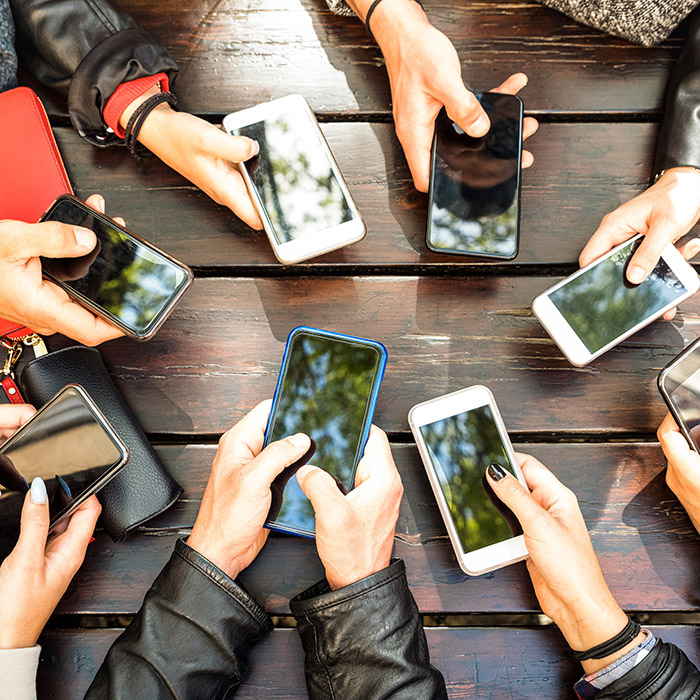Partnerships for Environmental Public Health (PEPH)

Understanding Cell Phones, Radio Frequency Radiation, and Their Effects on Health
May 08, 2020
Interviewee: Michael Wyde, Ph.D., D.A.B.T.
In this podcast, you will hear from a toxicologist at the National Toxicology Program about how cell phones work using radio frequency radiation (RFR) and what his team is doing to better understand potential health effects from their use. In addition, you will learn tips to reduce your exposure to RFR.
Understanding Cell Phones, Radio Frequency Radiation, and Their Effects on Health
Nearly 95% of American adults use cell phones. As these devices are now part of our daily lives, public concern over their safety has increased.
Cell phones communicate using RFR, a type of low energy radiation, to transmit signals between cell phones and cell towers. The NTP studied RFR exposure in rats and found evidence of tumors, however the human implications are this research are unclear.
Interviewee

Michael Wyde, Ph.D., D.A.B.T., is a toxicologist at the National Toxicology Program. His research programs serve to identify hazards associated with chemical exposure and increase our understanding of the interaction between chemical exposure and the development of disease. Wyde serves as the project leader for several chemicals including compounds that are used in consumer products and other environmental contaminants. He is lead toxicologist on a series of studies evaluating the health impacts of exposure to cell phone RFR in animals.
Additional Resources
- Find out more about the NTP RFR studies from their news release.
- Read more about cell phone radio frequency radiation from the NIH Environmental Health Topics webpage.


